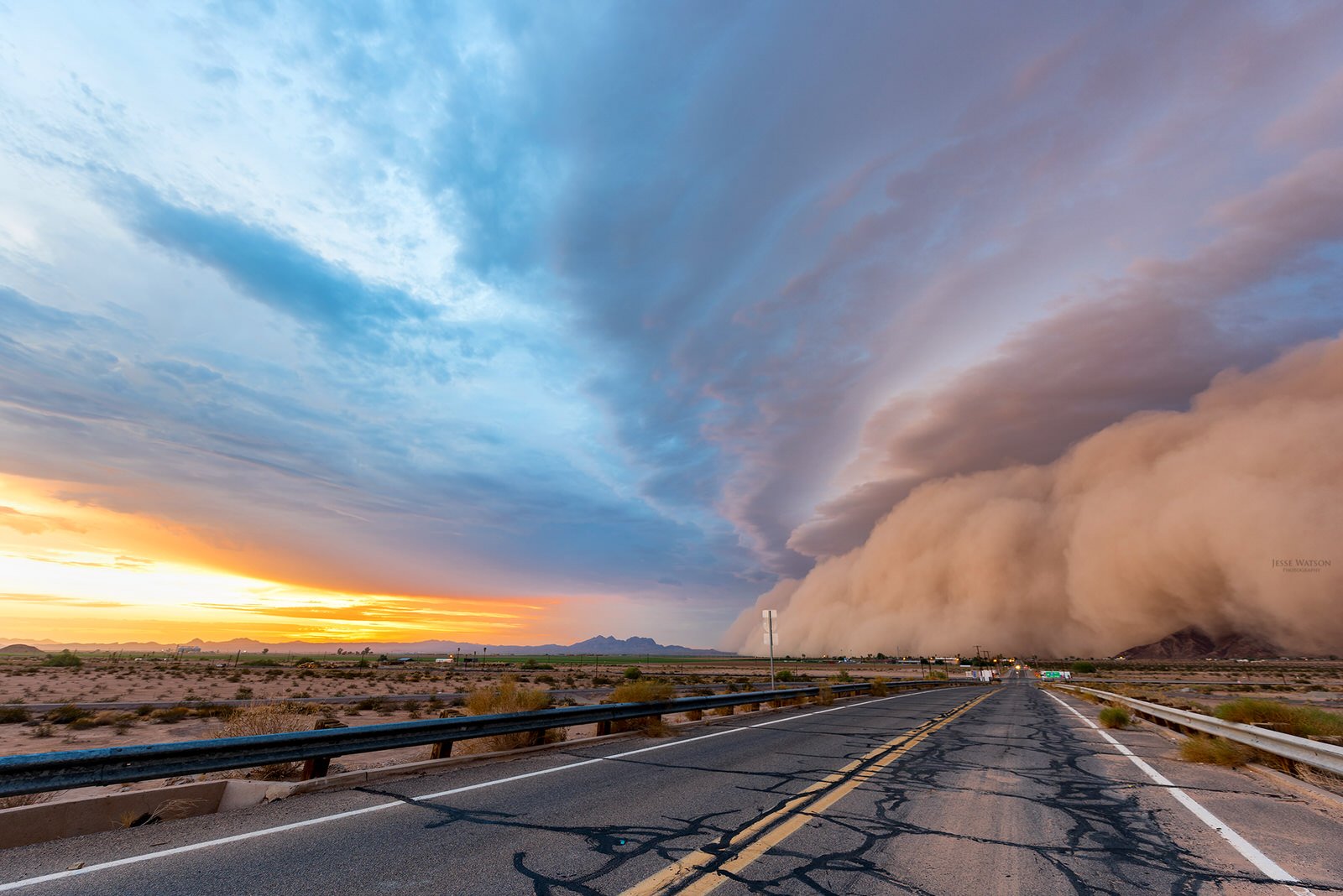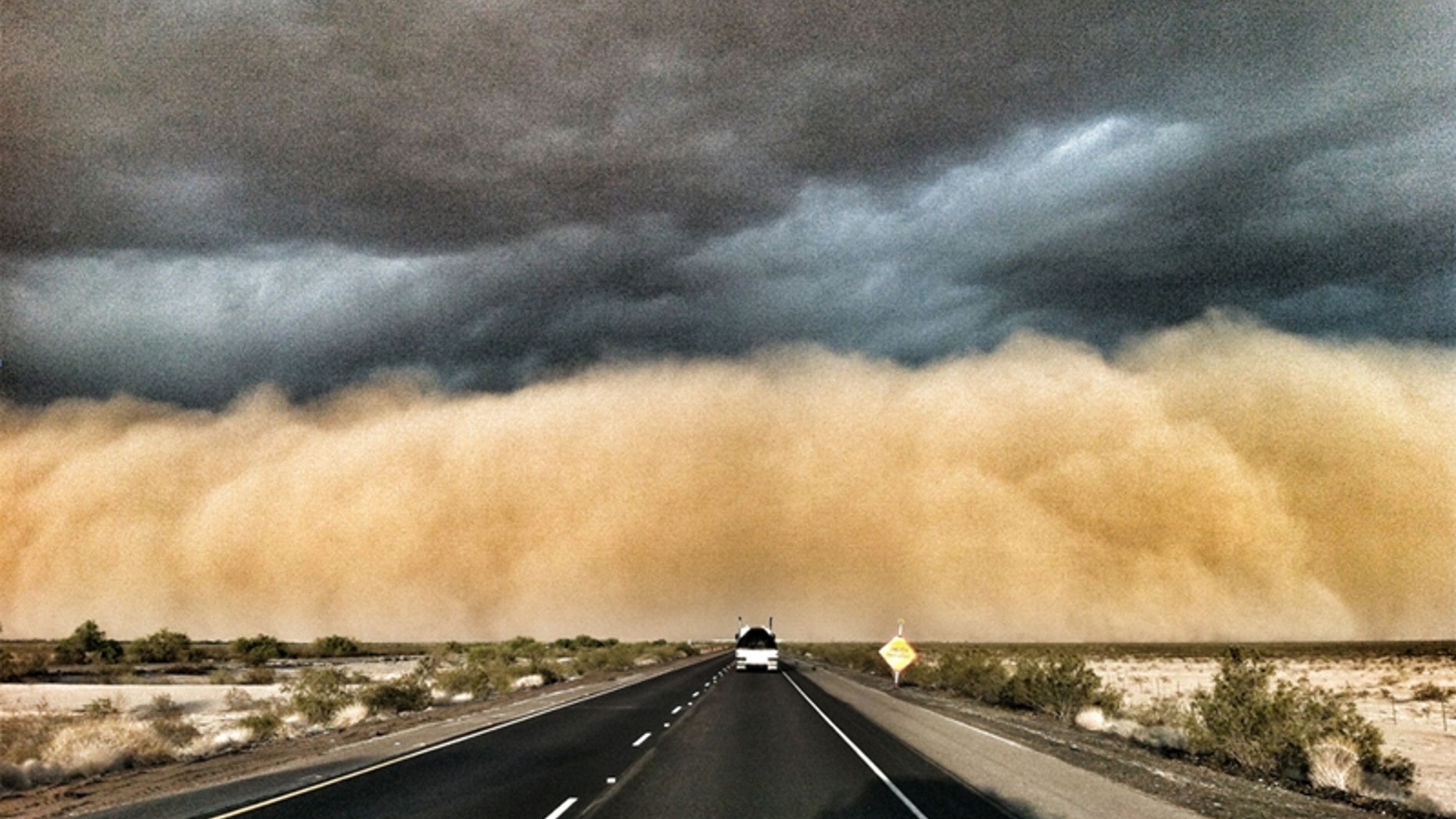Dust Storms: The Fury of the Desert
Dust storms have been a persistent threat to human life and infrastructure for centuries, wreaking havoc on communities and economies worldwide. These severe weather events are not just a nuisance; they have the potential to cause catastrophic damage, disrupt critical infrastructure, and pose a significant threat to public health. As we delve into the causes and consequences of dust storms, it becomes clear that these events are a complex phenomenon that requires a comprehensive understanding of the underlying factors.
Dust storms are a significant concern in arid and semi-arid regions, where strong winds can easily pick up loose particles and create massive dust devils. These storms can occur at any time of the year, but they are more frequent during the spring and summer months when the ground is dry and temperatures are high. The severity of dust storms can vary greatly, from a light dusting to a full-blown disaster that can last for days or even weeks.
The causes of dust storms are multifaceted and can be attributed to several factors. Here are some of the key causes:
- Strong winds: High winds are the primary cause of dust storms. When the wind is strong enough, it can pick up loose particles and create massive dust devils.
- Dry soil: Dry soil is more susceptible to dust storms. When the soil is dry, it lacks the moisture to hold the particles together, making it easier for the wind to pick them up.
- Temperature: High temperatures can cause the soil to dry out, making it more prone to dust storms.
- Weather patterns: Weather patterns such as low-pressure systems and cold fronts can contribute to the formation of dust storms.
Types of Dust Storms
There are several types of dust storms, each with its unique characteristics and consequences. Here are some of the most common types:
- Haboob: A haboob is a type of dust storm that occurs in the southwestern United States and northern Mexico. It is characterized by a massive wall of dust that can reach heights of over 1,000 feet.
- Chinook: A Chinook is a type of dust storm that occurs in the Rocky Mountains. It is characterized by a strong gust of wind that can pick up loose particles and create massive dust devils.
- Mahalat: A mahalat is a type of dust storm that occurs in the Middle East and North Africa. It is characterized by a massive cloud of dust that can last for days or even weeks.
Consequences of Dust Storms
Dust storms have severe consequences for human life and infrastructure. Here are some of the most significant consequences:
- Reduced visibility: Dust storms can reduce visibility to near zero, making it difficult for drivers to navigate the roads.
- Respiratory problems: Dust storms can exacerbate respiratory problems such as asthma and chronic obstructive pulmonary disease (COPD).
- Power outages: Dust storms can cause power outages by knocking out power lines and transmission towers.
- Damage to infrastructure: Dust storms can cause significant damage to infrastructure such as roads, bridges, and buildings.
- Economic losses: Dust storms can result in significant economic losses due to reduced productivity and disrupted supply chains.
Health Risks
Dust storms pose a significant health risk to people living in affected areas. Here are some of the most significant health risks:
- Respiratory problems: Dust storms can exacerbate respiratory problems such as asthma and COPD.
- Eye and skin irritation: Dust storms can cause eye and skin irritation, especially for people with pre-existing conditions.
- Increased risk of heat stroke: Dust storms can increase the risk of heat stroke by reducing visibility and making it difficult for people to cool themselves.
- Increased risk of cardiovascular disease: Dust storms can increase the risk of cardiovascular disease by reducing air quality and increasing particulate matter levels.
Economic Impacts
Dust storms can have significant economic impacts on affected communities. Here are some of the most significant economic impacts:
- Reduced productivity: Dust storms can reduce productivity by making it difficult for people to navigate the roads and by reducing air quality.
- Disrupted supply chains: Dust storms can disrupt supply chains by causing delays and cancellations of shipments.
- Damage to infrastructure: Dust storms can cause significant damage to infrastructure such as roads, bridges, and buildings.
- Loss of revenue: Dust storms can result in significant losses of revenue due to reduced tourism and commerce.
Examples of Economic Losses
- In 2011, a dust storm in Arizona caused significant damage to infrastructure and resulted in estimated economic losses of over $1 billion.
- In 2013, a dust storm in India caused significant disruptions to supply chains and resulted in estimated economic losses of over $10 billion.
- In 2019, a dust storm in the Middle East caused significant damage to infrastructure and resulted in estimated economic losses of over $5 billion.
Mitigating the Effects of Dust Storms
While dust storms can be unpredictable and devastating, there are steps that can be taken to mitigate their effects. Here are some strategies that can be used:
- Monitoring weather forecasts: Monitoring weather forecasts can help people prepare for dust storms and take necessary precautions.
- Implementing dust storm preparedness plans: Implementing dust storm preparedness plans can help communities prepare for dust storms and minimize the risk of damage and disruption.
- Protecting infrastructure: Protecting infrastructure such as roads, bridges, and buildings can help reduce the risk of damage and disruption.
- Implementing air quality management plans: Implementing air quality management plans can help reduce the risk of respiratory problems and other health risks.
Examples of Effective Mitigation Strategies
- In 2018, a community in Arizona implemented a dust storm preparedness plan that included emergency alerts, dust storm monitoring, and evacuation procedures.
- In 2017, a city in India implemented a dust storm management plan that included monitoring weather forecasts, protecting infrastructure, and implementing air quality management plans.
- In
Kimol Song
Yumieto
Kaitlynkremsd Fans
Article Recommendations
- Candal
- Madi Ruve
- Crazyjamjam
- Who Is Tony Hinchcliffe Father
- Rose Madden
- Jacqueline Macinnes Wood
- Kyla Pratt
- Saxon Musk
- Taylor Breesey
- Kyla Yesenosky



